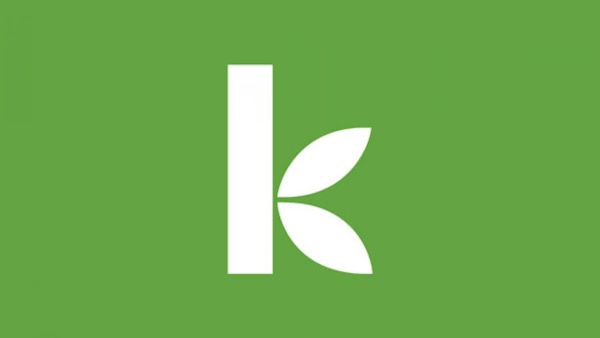
By Lyel Resner, KF11 Peru
With its bottom-up approach to development, and significant demonstrated success in places like Bangladesh, microfinance has begun to emerge as an increasingly popular development model. The surprisingly strong ability of much of the world´s working poor to meet their credit obligations has also brought attention to microfinance as an attractive investment vehicle. The result has been an explosion of microfinance providers across the developing world, and a fast-blurring line between and strictly profit-seeking and more social- oriented microfinance entities.
Many MFIs are said to seek a “double bottom line” – a balanced pursuit of profit and social impact. However, many MFIs, have come under scrutiny for employing practices that do not always have their borrowers best interest in mind. Even for MFIs that are committed to ensuring their social bottom line, doing so remains a significant challenge. Measuring the social impact of their activities is frequently outside of an MFIs capability or expertise – leaving MFIs without the ability to fully understand the impact of their work, and the microfinance community without the data points needed to identify best practice.
My next blog post will feature an interview with the Business Director at Edpyme Alternatva, one of Peru’s fastest growing MFIs, on their efforts to manage their “double bottom-line,” and how working with Kiva is helping them do that.














